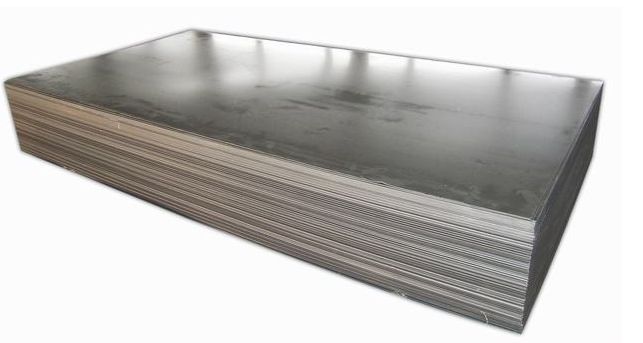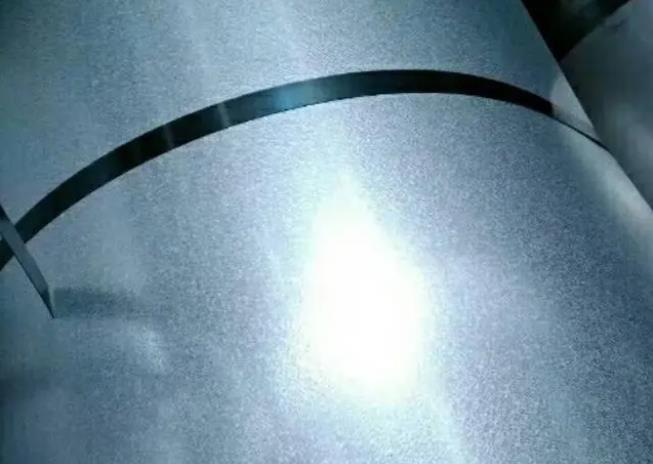Compared with the aluminum-zinc alloy, the chemical properties of the galvanized layer are relatively active, so the anti-corrosion ability is quite different. Tests under the same outdoor conditions show that the service life of galvanized sheet is more than four times that of galvanized sheet.
The aluminum-zinc alloy structure of the galvanized steel sheet is composed of 55% aluminum, 43.4% zinc and 1.6% silicon solidified at a high temperature of 600 ° C. The entire structure is composed of aluminum-iron-silicon-zinc, forming a dense quaternary crystal. Thus forming a layer of barrier that effectively prevents the penetration of corrosion factors.

Features of galvanized steel sheet:
Corrosion resistance:
The corrosion resistance of “55% Al-Zn Coil” comes from the barrier protection function of aluminium and the sacrificial protection function of zinc. When zinc acts as a sacrificial protection on the cut edges, scratches and coating scratches, aluminum forms an insoluble oxide layer and plays a protective role as a barrier. Aluminum-zinc alloy steel coils have been exposed to outdoor exposure tests for more than 20 years in various atmospheric environments, and it has been confirmed that the edge protection function of 55% aluminum-zinc plated steel sheet is better than that of galvanized steel sheet and 5% aluminum-zinc plated steel sheet. good.
Heat resistance:
The heat resistance of 55% aluminum-zinc alloy steel plate is better than that of galvanized steel plate, and it is similar to the high temperature oxidation resistance of aluminized steel plate. Aluminum-zinc alloy steel plate can be used in high temperature environment up to 315 degrees.
Reflective:
The 55% Al-Zn alloyed steel sheet is highly reflective, making it a heat resistant barrier; the galvanized steel sheet has almost twice the heat reflectivity of the galvanized steel sheet, so it acts as a roof and inlay when unpainted. The board can also achieve energy saving effect.
Paintability:
Due to the excellent adhesion between the zinc layer and the paint of the galvanized steel sheet, when it is used as a sign board for general purposes, it can be painted without pretreatment and weathering treatment; while the galvanized steel sheet needs weathering treatment and pretreatment. .
Application of galvanized zinc steel sheet:
According to different thickness specifications, the main uses of galvanized steel plate are: power distribution cabinet (thickness is 1.2-2mm); solar water heater (0.32mm); anti-theft door panel; home appliance back panel;
Hot-dip galvanizing is generally used for steel strips or steel wires (stranded wires). Because the surface of the steel is covered with a zinc layer, the corrosion of the atmosphere is blocked to prevent the substrate from continuing to corrode and to ensure the service life of the substrate. And zinc is more active than iron, and in the case of corrosion, the zinc layer can also be sacrificed to protect the steel matrix.
Galvanized zinc has a stronger protective effect, and its corrosion resistance is better than that of galvanized products. The entire structure is composed of aluminum-iron-silicon-zinc, forming a dense quaternary crystal, which forms a barrier on the steel plate, thus effectively preventing the penetration of corrosion factors. Corrosion resistance comes from the barrier protection function of aluminum, and the sacrificial protection function of zinc. When zinc is used as sacrificial protection in the cut edges, scratches and coating scratches, aluminum forms an insoluble oxide layer and plays a protective role as a barrier.

To learn more about aluminum, please visit www.lomialuminium.com
